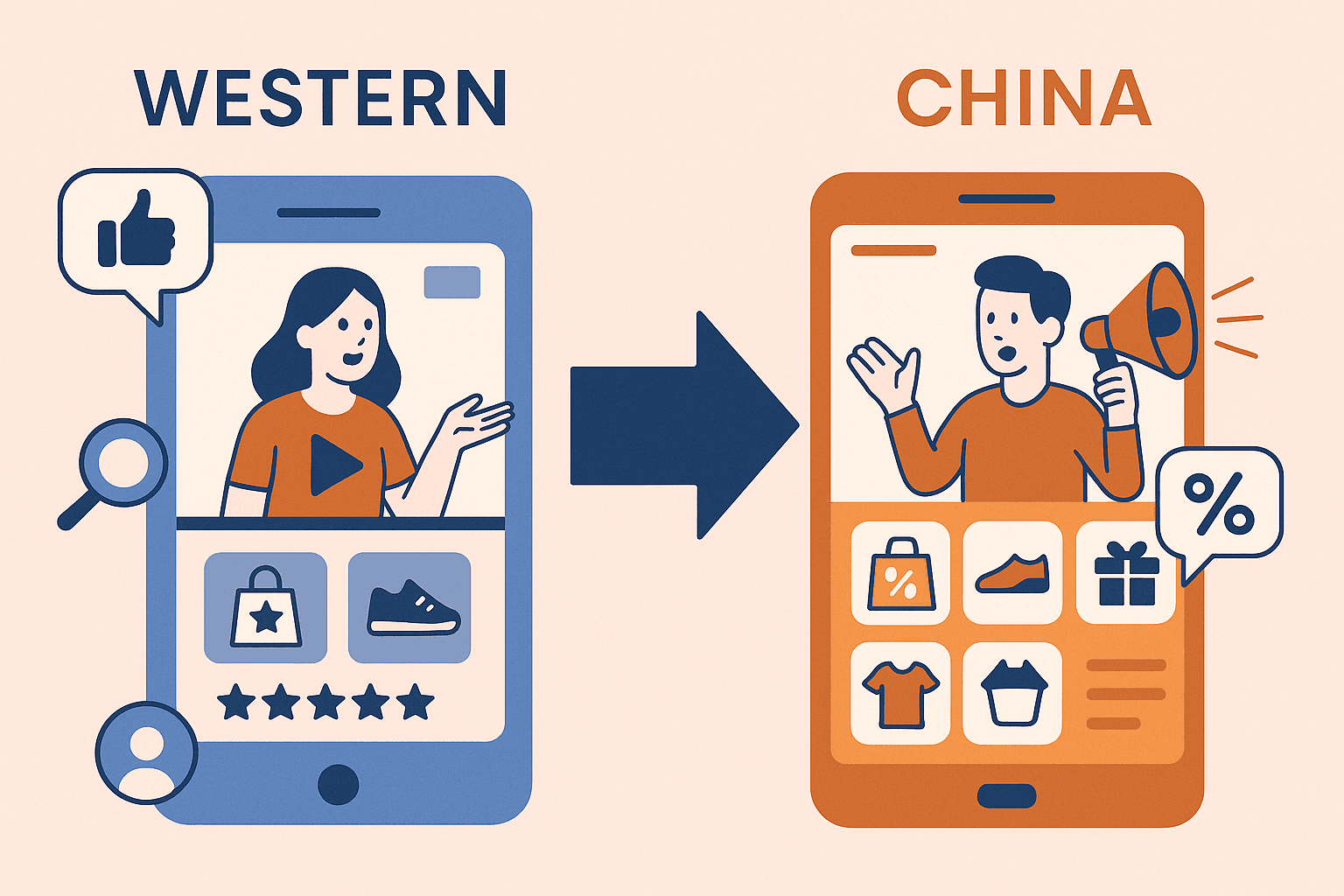Where AI Actually Helps Your Customer Journey (And Where It Fails)

Where AI Actually Helps Your Customer Journey (And Where It Fails)
TL;DR
AI accelerates creative ops and budget routing—it doesn’t replace planning.
AI can streamline variant creation and detect which touchpoints truly influence outcomes, but it cannot architect the journey itself. Models see correlation, not causation. Strategy still begins with human empathy: understanding pain points, expectations, and triggers that move real people—not data points—toward action.
Keep a human for briefs, claims, and brand safety.
AI is fast, but also fallible. Every automated response, claim, or recommendation still represents your brand’s integrity. Humans ensure that speed doesn’t come at the cost of trust. The brands that balance automation with accountability outperform those that let convenience erode credibility.
Let experiments—not models—decide which variants win.
AI can propose a hundred options, but experiments prove which ones actually work. Use controlled A/B or geo‑tests to find the winners, then scale those with confidence. The best marketers don’t just automate decisions—they validate them.
Why this matters now
Customer journeys no longer follow neat funnels—they resemble constellations. People bounce between search, video, social, and retail platforms in unpredictable loops. AI excels at spotting those loops, identifying patterns of behavior across touchpoints, and routing budget to the most influential paths. But this power comes with a trap: mistaking automation for understanding.
BCG’s 2025 consumer‑journey research warns that marketers risk “AI‑optimized stagnation”—where teams double down on past signals instead of discovering new ones. Think with Google echoes this: AI tools amplify what’s already measurable, but empathy still reveals what’s missing. The opportunity isn’t to hand the wheel to AI, but to let it act as a navigation system—processing the terrain while humans decide where to go.
What to do this month
- [ ] Generate 10–20 creative variants per key message. Use AI to brainstorm copy, visuals, and call‑to‑actions. Then pre‑score each for predicted attention using eye‑tracking or engagement models. Keep the top five for testing, not for publishing outright.
- [ ] Automate budget reallocation toward proven touchpoints. Connect AI‑powered attribution systems (Google Ads, Meta Advantage, or custom pipelines) to move spend automatically toward channels showing lift. Define limits so the model can’t starve discovery campaigns or overspend on short‑term spikes.
- [ ] Guardrails first, always. Maintain human oversight in anything public‑facing. Every AI output—from product descriptions to automated replies—should pass a post‑experiment review. One misaligned message can cost trust faster than any ad can buy it back.
Evidence & caveats
Think with Google’s retail insights show that AI‑assisted optimization drives efficiency, but the best performers combine it with deliberate human calibration. BCG adds that over‑automation leads to “tactical loops”—systems that chase familiar metrics and overlook emerging behaviors. Humans break that loop by asking better questions: Why did this message resonate? What moment mattered most?
A key caveat: data bias. AI can only optimize the signals it sees. If your tracking is incomplete, your model may amplify the wrong behaviors. AI is only as strategic as the data you feed it—and as wise as the humans interpreting it.
FAQs & objections
Can we automate public replies end‑to‑end?
Avoid it. Public tone and empathy still need a human touch. AI can draft, categorize, and prioritize responses, but final replies should pass through human filters—especially for sensitive or emotional topics.
Does AI make funnels obsolete?
Not exactly. It reframes them. Funnels assumed linear progress; AI helps us map the non‑linear webs of influence that define modern journeys. Instead of replacing the funnel, think of AI as adding depth—revealing the detours, loops, and skips that real behavior hides.
Can AI predict customer intent accurately?
Only partially. AI can spot interest signals (searches, clicks, dwell time) but can’t measure emotion or motivation. It’s great at predicting what someone might do next, not why. Strategy still starts with empathy, not math.
How do we measure AI’s contribution to journey performance?
Track lift in efficiency metrics—faster creative cycles, improved match rates, smarter budget allocation. But complement those with effectiveness metrics: brand trust, customer lifetime value, and repeat engagement. Efficiency is output; effectiveness is outcome.
Will too much AI make marketing robotic?
Only if humans disengage. The best uses of AI feel invisible—personalized relevance that still sounds human. The worst feel generic and cold. The deciding factor is how much humanity remains in the workflow.
The bigger picture
AI is transforming marketing from static funnels to dynamic feedback loops. But technology doesn’t create empathy—it scales it. The future of the customer journey belongs to strategic hybrids: machines that process faster, and humans who interpret deeper.
Brands that win will design journeys that are both intelligent and intentional. Intelligent because data flows freely across touchpoints; intentional because every automation serves a purpose customers can feel. In short: let AI handle the speed, and humans keep the soul.
Read similar content
Similar topics

Speed Is a Feature: Site, Support, and Delivery That Convert
Operational speed—page loads, helpful support, clear delivery—now decides who wins the cart.

Loyalty That Changes Behavior (Not Just Points)
Design rewards and service advantages that make people act differently—return more, spend more, advocate more.

Beyond #Ad: Why Affiliate + Long-Term Creators Are Eating Paid Social
One-off influencer posts are dying; long-term creator relationships and affiliate engines now outperform traditional paid social.

Social Commerce Is Growing Up: What to Copy (and Not) from China
Western social platforms are finally maturing into real shopping ecosystems—but China’s playbook isn’t a template, it’s a teacher.

AI for Strategists: Where to Use It—and Where to Say No
Use AI to accelerate creative variants, analysis, and ops—keep humans for briefs, claims, and brand voice.